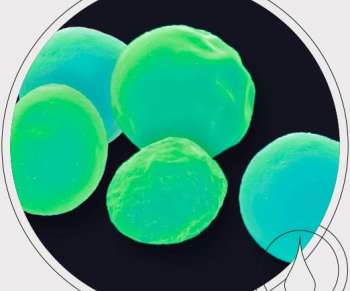Production of crude oil as a percentage of proved reserves: Recent worldwide and US trends
Green Car Congress
JANUARY 24, 2022
In this analysis, I examined the relation between crude-oil production and crude-oil reserves in the world overall and in the United States alone. The variable of interest was the amount of crude oil produced as a percentage of proved reserves of crude oil. For the world, production of crude oil in 1980 represented 3.4%






































Let's personalize your content